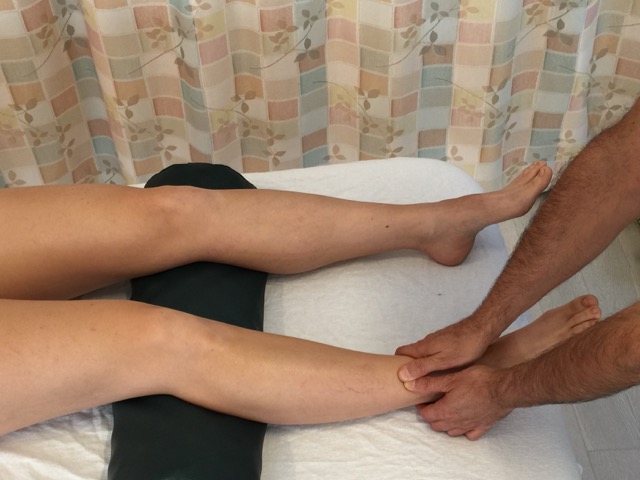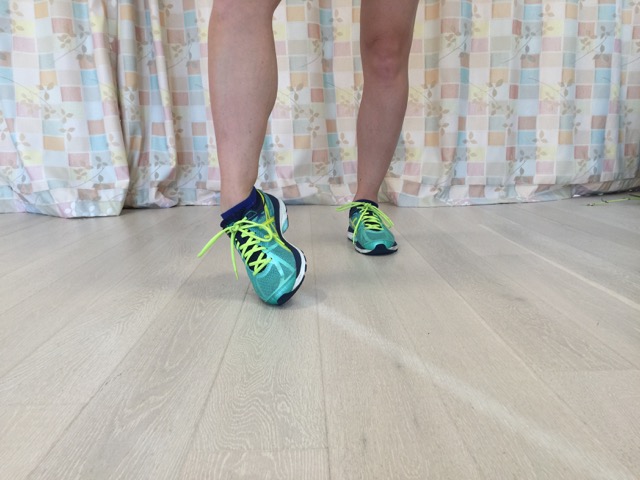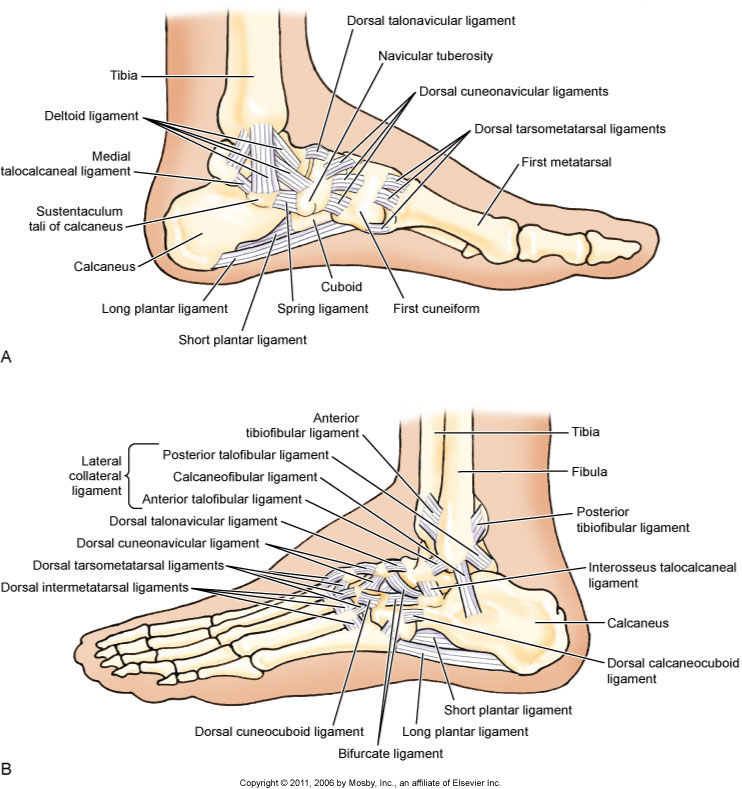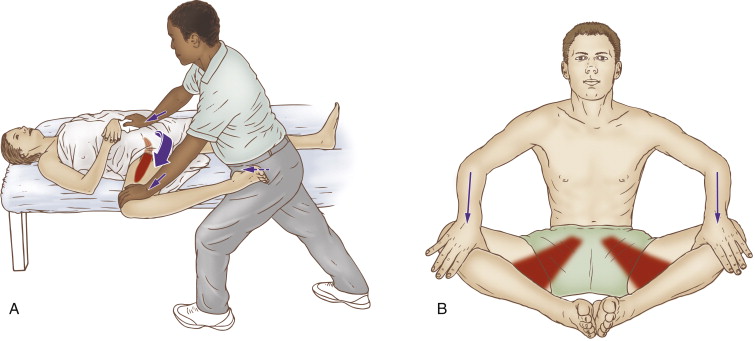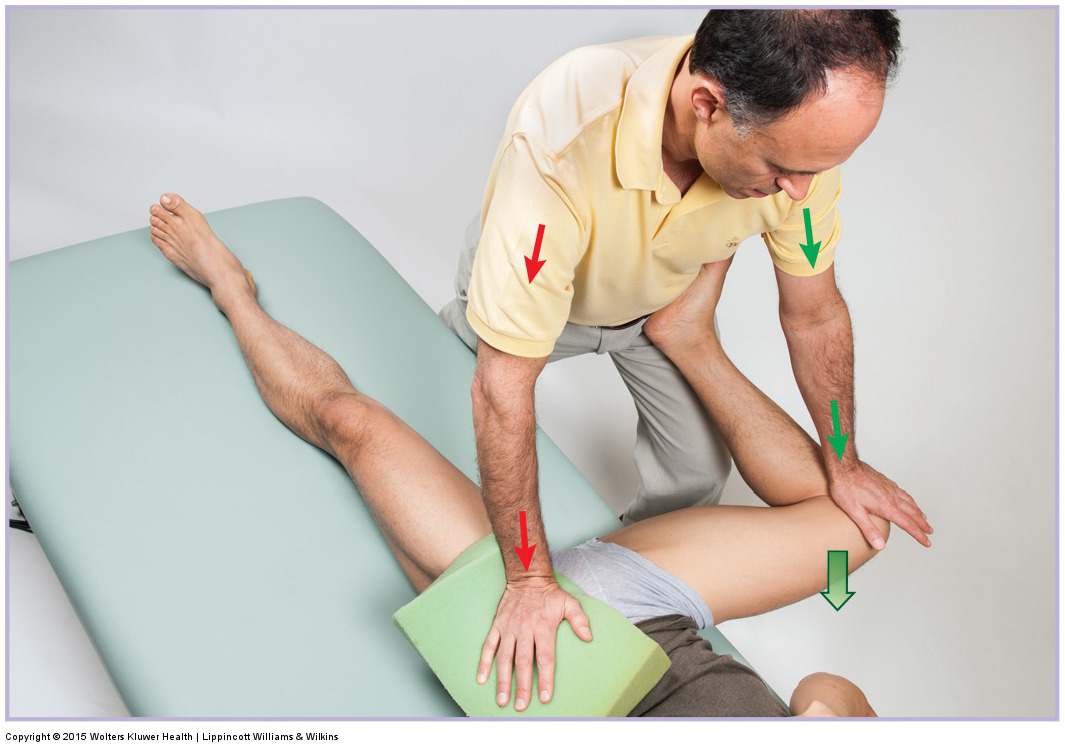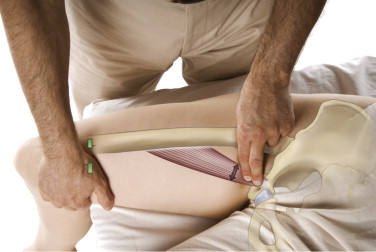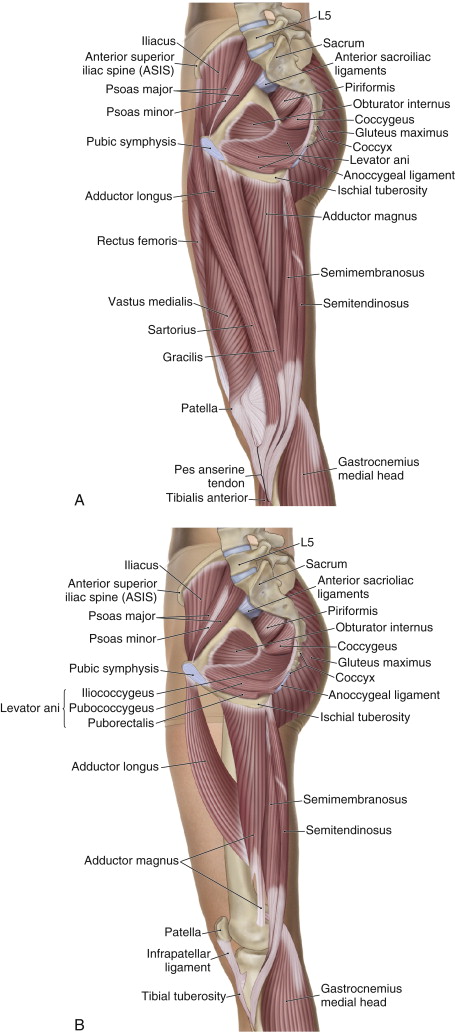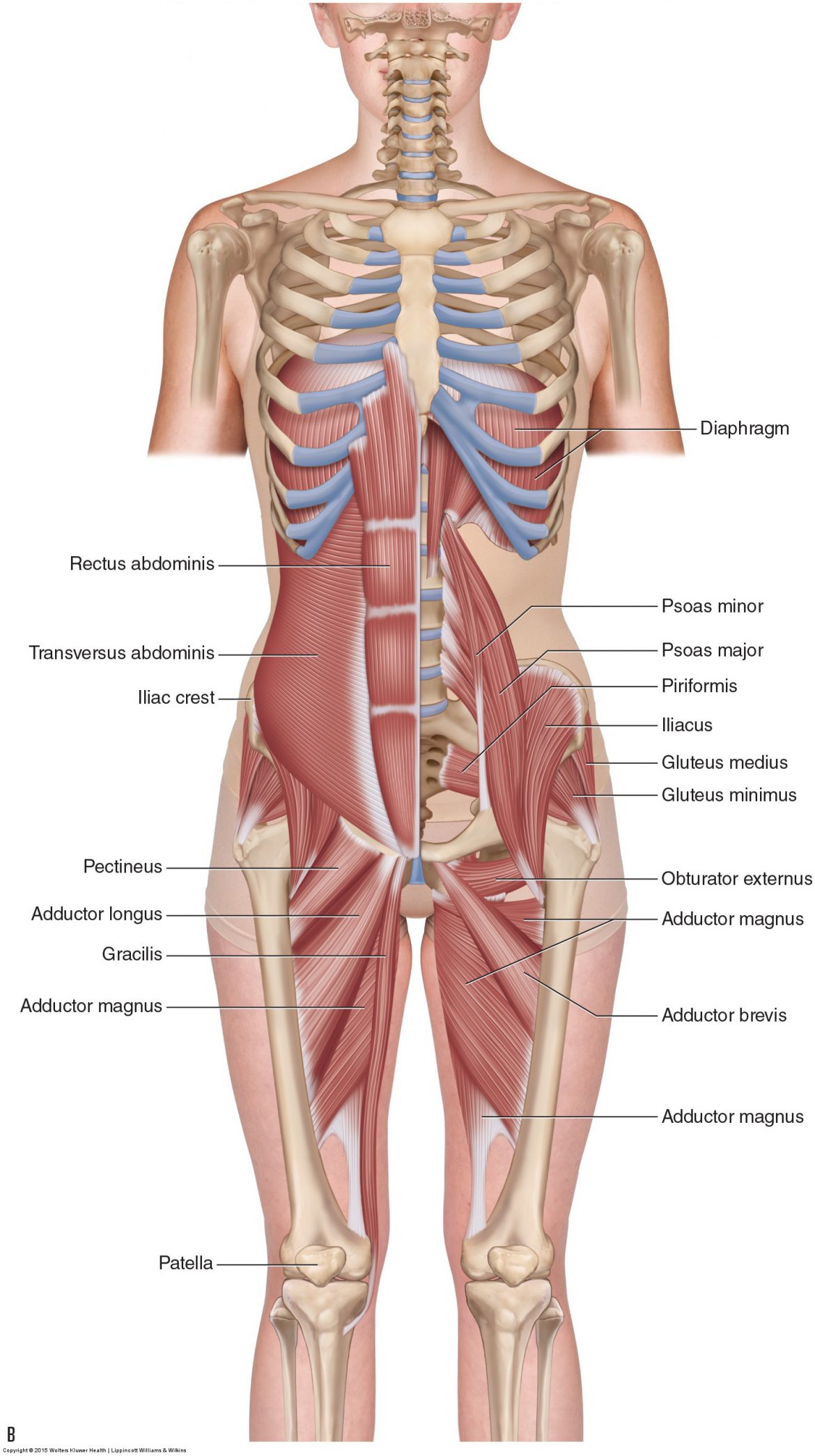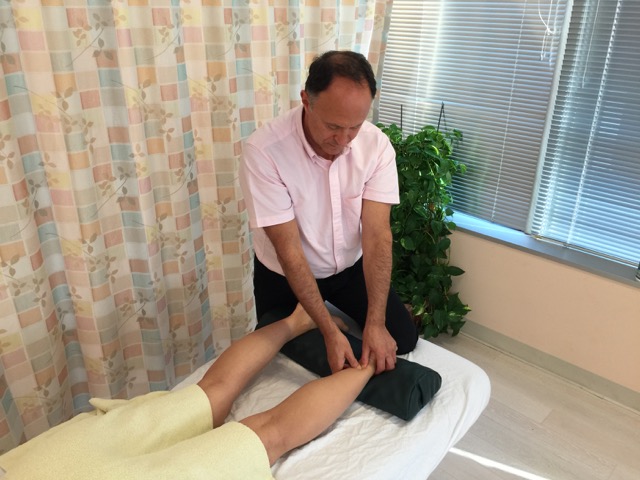Manual therapy treatment: Manual therapy treatment for an acute ankle inversion sprain is primarily palliative in nature and aimed at decreasing swelling and inflammation and relieving associated muscle spasm that might be occurring to splint/stabilize the joint. Effleurage strokes and …
What are the signs and symptoms of and how do we assess (diagnose) ankle sprain?
Signs and symptoms: When an inversion sprain is acute, the typical signs and symptoms are pain and swelling (inflammation) in the lateral ankle near the lateral malleolus. Pain will usually be worst when standing and weight bearing on the injured …
What is an ankle sprain and what are its causes?
Introduction to ankle sprain: The ankle joint is located between the talus and the distal ends of the tibia and fibula. It is a uniaxial joint that allows only sagittal plane (or near sagittal plane) motions of dorsiflexion and plantarflexion. …
What are the self-care and medical approaches to adductor strain?
Self-care for the client/patient: Self-care for the client/patient during the acute stage of an adductor strain (groin pull) is RICE: rest, ice, compression, and elevation. Of these, rest and ice are most important. Icing should be applied until the area …
How do we treat adductor strain with manual therapy?
Manual therapy treatment: The appropriate manual treatment for an adductor strain (groin pull) depends on whether it is acute or chronic. During the acute stage, manual treatment is geared primarily toward reducing the inflammation of the condition. This is accomplished …
How do we assess (diagnose) a client with Adductor Strain?
Assessment/Diagnosis: Assessment/diagnosis of an adductor strain (groin pull) follows from the signs and symptoms. In the acute stage, the location of the client’s/patient’s pain will indicate the area of strain, and palpation there will further elicit pain. To determine which …
What are the signs and symptoms of adductor strain?
Signs and symptoms: The most common symptom of an adductor strain is pain in the medial thigh at the site of the strain. Pain is usually sharp when the injury is acute, and transitions to being more dull in quality …
What is an adductor strain and what are its causes?
Introduction to Adductor Strain: An adductor strain, also known as a groin pull in lay terms, is a strain of the musculature that does adduction of the thigh at the hip joint. A muscle strain is defined as tearing of …
What are the self-care and medical approaches to Achilles tendon disorders?
Self-care for the client/patient Self-care for the client/patient during the acute stage is RICE: rest, ice, compression, and elevation. Of these, rest and ice are most important. Icing should be applied until the area is numb and then removed. Flexible …
How do we treat Achilles tendon disorders with manual therapy?
Manual therapy treatment: During the acute inflammatory stage of Achilles tendinitis, manual therapy treatment is oriented toward decreasing inflammation and allowing the damaged tissue to heal. RICE (rest, ice, compression, and elevation) are recommended. Any soft tissue manipulation performed should …

